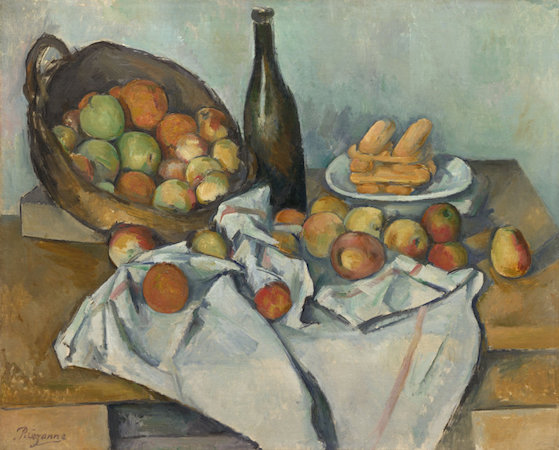Holiness is not the ultimate, end state. It is a stage leading toward integration with all of creation. View the study sheet here. Watch the recording here.

Some of the most expensive fruit in the world comes from Japan, where they are exclusively grown in areas set aside especially for them. In 2018 a pair of Yubari King melons, grown only on the island of Hokkaido, was sold at auction for $29,436. Japanese Ruby Roman grapes, found only in the Ishikawa prefecture, can cost between $90 and $450 for a single bunch. A Densuke watermelon, grown exclusively on Hokkaido, typically costs about $250. In 2019 one sold at auction for about $6,000.
These delicious fruits attain such prices because of how set aside their growing areas are. It is their rarity, their not being commonly available, that results in their elevated status. This week’s Torah portion upends this particular hierarchical approach which attaches the highest level of preciousness to what is most set aside, most exclusive and most rare.
The British anthropologist Mary Douglas concluded that the Hebrew Bible, like most literature that was initially oral, is best read not as a linear but as a circular text. Modern writing tends to move from a beginning to an ending, where one finds resolution, conclusion and the meaning of it all. By contrast, oral literature loops back to the beginning. This is known as a chiastic or ring structure. The ending reflects the beginning.
In a chiastic structure, Douglas wrote, “the meaning is in the middle.” The middle of Torah is Leviticus. And the middle of Leviticus is where we are this week: in the verses known as the Holiness Code. In the middle of the Holiness Code are laws about fruit trees.
The produce of the first three years of a tree’s life is considered forbidden, not to be eaten. The fourth year’s produce is to be set aside as part of giving thanks to God. It is considered “holy” (kodesh, literally, “set apart”). During Temple times, this fruit could be eaten only in Jerusalem and only by those in a state of ritual purity.
One might think that this fourth year of fruit, called “holy,” was the highest level of fruit. However, Torah declares that the purpose of abiding by the restrictions of the first four years is to have a harvest that is particularly prolific: “In the fifth year you may eat its fruit, that it may yield more richly to you its increase.”
Hasidic tradition sees in this flow the message that our highest purpose is not to withdraw ourselves from the world, not even for the purpose of reaching heaven. Our purpose is to make this dimension, this lower, more common world, a dwelling place for God. In that tradition, the fifth year fruit, which can be eaten anywhere by anyone, is the most precious fruit.
Paul Cezanne upended art’s hierarchy about what are the most important subjects to paint. In Classical art, at the highest level of importance were religious themes and historical events with moral messages. At the very bottom of the hierarchy was still life. It was with this discredited and neglected and common subject matter that Cezanne transformed art and liberated us from seeing the world with limited vision.
Pictured here is his painting The Basket of Apples. The elements in the image are readily identifiable: a table; a wine bottle; a basket with a bounty of fruit inside; a plate of stacked cookies; a tablecloth; and loose fruit across the table.
As we look closely, that simple scene challenges our assumptions and expectations. The close and far edges of the table don’t seem to align. The table seems steeply tipped to the left. The fruit should be spilling onto the floor, yet they remain on the table’s top. The wine bottle is oddly tilted. Four layers of the cookies are stacked, but those on the top layer are either standing up or are presented as if from the side. There is a general flatness to the image even as it simultaneously shares with us multiple perspectives, different ones for different elements of the image.
By the time Cezanne took brush to canvass, technologies had transformed how human beings perceived reality. Steam engine trains traveling at 30 mph caused people to see the world moving past them three or four times faster than they experienced it riding by horseback. The camera fragmented images. It both focused and framed what people saw.
Cezanne grasped and shared back to us that, unlike the simple and static vision of space and time represented in Classical painting, people actually could see in a far more complex and dynamic fashion. Cezanne’s display of multiple planes and perspectives simultaneously occupying the same canvass accelerated the overthrow, begun by the Impressionists, of the old order’s control over the presentation of reality.
“I will astonish Paris with an apple,” Cezanne had confided to a friend. And he did. The new art advanced by Cezanne elevated everyday life as an appropriate subject for the artist. And it proclaimed that how common, everyday people saw the world, in all of its complexity and dynamism, was the artist’s vision as well. Cezanne’s apple was a most precious fruit.
Join us here at 7:00 p.m. (PT) on Thursday May 16 as we explore still life that is hardly still.








